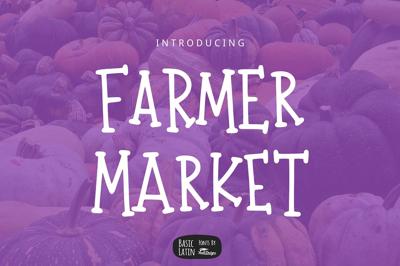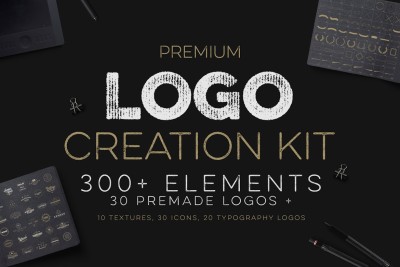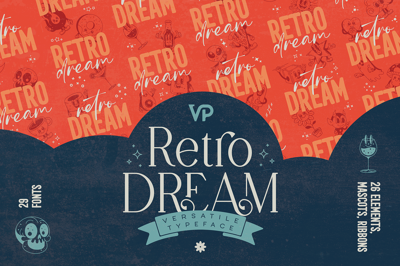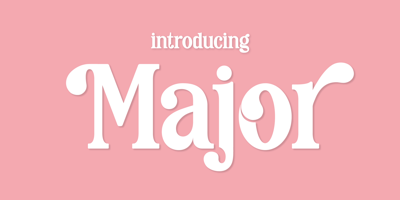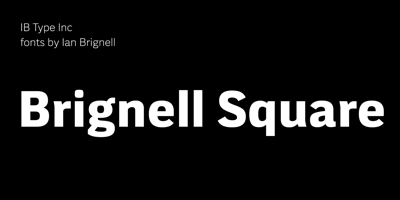Free Serif Fonts Making a Comeback: 2025's Biggest Typography Surprise
Free Serif Fonts Making a Comeback: 2025's Biggest Typography Surprise
After more than a decade of sans-serif dominance, American design is experiencing an unexpected plot twist: serif fonts are staging one of the most remarkable comebacks in typography history. From Silicon Valley startups to Fortune 500 corporations, designers across the United States are rediscovering the power of serifs – and the best part? Many of the most compelling options are completely free.
This serif renaissance isn't just nostalgia-driven. It represents a fundamental shift in how American brands want to communicate with their audiences. In an era of AI-generated content and digital overwhelm, serif fonts offer something that feels increasingly precious: humanity, craftsmanship, and authentic character.
Why Serifs Disappeared in the First Place
To understand the comeback, we need to examine why serif fonts fell out of favor. The digital revolution of the 2000s and 2010s prioritized clarity and simplicity above all else. Sans-serif fonts like Helvetica, Arial, and later Google's Roboto became the safe choice for web design, mobile interfaces, and corporate communications.
The logic was sound: serif fonts, with their decorative strokes and detailed flourishes, could appear cluttered on low-resolution screens. Early mobile devices and budget monitors struggled to render serif details clearly, making sans-serif fonts the practical choice for digital-first companies.
Additionally, the minimalist design movement that dominated American aesthetics for the past decade favored clean, unadorned typography. Serif fonts were perceived as old-fashioned, academic, or overly formal – associations that didn't align with the casual, approachable brand personalities that most companies wanted to project.
The Perfect Storm for Serif Revival
Several factors have converged to create ideal conditions for serif fonts to reclaim their place in American design. High-resolution displays are now standard, from smartphones to laptops to digital billboards. Modern screens can render serif details with crisp clarity, eliminating the technical barriers that once made serifs impractical for digital use.
The cultural moment is equally important. American consumers are experiencing digital fatigue and craving authentic, human experiences. Serif fonts, with their connection to traditional craftsmanship and printed materials, offer a visual antidote to the sterile perfection of algorithmic design.
Generational shifts also play a role. Gen Z designers, who grew up entirely in the digital age, view serif fonts as fresh and distinctive rather than outdated. They're rediscovering typography history and bringing renewed appreciation for letterforms that previous generations dismissed as obsolete.
The pandemic accelerated this trend by increasing our reliance on digital communications while simultaneously making us value craftsmanship and intentionality more highly. Serif fonts signal thoughtfulness and care – qualities that resonate strongly in our current cultural moment.
Modern Serifs Aren't Your Grandpa's Times New Roman
The serif fonts gaining popularity in 2025 bear little resemblance to the stodgy, academic typefaces that dominated the pre-digital era. Contemporary serif designs blend classical proportions with modern sensibilities, creating fonts that feel both timeless and completely current.
These new serifs feature softer curves, more generous spacing, and subtle personality quirks that make them perfect for digital applications. They're designed specifically for screen reading while maintaining the warmth and character that makes serif typography so appealing.
Many free serif fonts now include multiple weights and styles, optical sizing for different uses, and even variable font technology. This versatility allows designers to use serif fonts across entire brand systems, from business cards to billboards, without compromising readability or visual impact.
The color and texture that serif fonts bring to layouts creates visual interest that's impossible to achieve with sans-serif typography alone. American designers are rediscovering how serif fonts can establish hierarchy, guide reading flow, and create emotional connections with readers.
Free Serif Options Leading the Charge
The availability of high-quality free serif fonts has been crucial to this revival. Google Fonts has significantly expanded its serif offerings, providing American designers with professional-grade options that rival expensive commercial typefaces.
Playfair Display has become a favorite for headlines and branding, offering high contrast and elegant proportions that work beautifully in both digital and print applications. Its dramatic styling makes it perfect for luxury brands, creative agencies, and any company wanting to project sophistication.
Crimson Text provides excellent readability for body text while maintaining serif character. Originally designed for book printing, it translates beautifully to digital reading, making it ideal for blogs, articles, and long-form content.
Libre Baskerville offers a modern interpretation of classic transitional serifs, providing the authority and trustworthiness of traditional typography with improved screen readability. News organizations and educational institutions have embraced it for its professional appearance and excellent legibility.
EB Garamond brings old-style serif elegance to contemporary projects. Its classical proportions and refined details make it perfect for brands wanting to convey heritage, quality, and attention to detail.
Merriweather was specifically designed for screen reading while maintaining serif charm. Its robust construction and clear letterforms make it an excellent choice for websites, mobile apps, and digital publications.
Strategic Applications Across Industries
American businesses are finding creative ways to incorporate serif fonts into modern brand strategies. Tech companies, traditionally married to sans-serif fonts, are using serifs for editorial content and thought leadership materials to establish credibility and differentiate their communications.
E-commerce brands leverage serif fonts to convey quality and craftsmanship, particularly for premium products. The association between serif typography and traditional publishing helps establish trust and authority – crucial factors in online purchasing decisions.
Healthcare organizations use serif fonts to balance approachability with professionalism. The human warmth of serif typography helps counteract the clinical coldness often associated with medical communications.
Financial services firms employ serif fonts to suggest stability, heritage, and trustworthiness. In an industry where credibility is paramount, serif typography provides visual cues that reinforce institutional reliability.
Implementation Best Practices for 2025
Successfully incorporating serif fonts into modern American design requires thoughtful strategy. The key is selective application – using serif fonts where their distinctive character adds value rather than applying them universally.
Headlines and titles are natural applications for serif fonts, where their personality and visual impact can shine without compromising readability. Pairing serif headlines with sans-serif body text creates dynamic contrast while maintaining optimal reading experience.
Brand messaging and marketing materials benefit from serif typography's ability to convey authenticity and craftsmanship. Serif fonts help brands stand out in crowded digital spaces where most competitors rely on generic sans-serif options.
Long-form content, particularly blogs and articles, can benefit from serif body text, which guides readers through extended reading sessions more comfortably than sans-serif alternatives. The traditional association between serif fonts and books transfers to digital reading environments.
Overcoming Lingering Resistance
Despite growing acceptance, some American designers and businesses remain hesitant about serif fonts. Common concerns include worries about appearing outdated, concerns about mobile readability, and uncertainty about implementation.
The key to overcoming resistance is education and demonstration. Show stakeholders how modern serif fonts perform on actual devices, provide examples of successful contemporary implementations, and emphasize the competitive advantage of distinctive typography.
Start with small applications – perhaps serif fonts for quotes, captions, or accent text – before proposing wholesale typography changes. This gradual approach allows teams to become comfortable with serif aesthetics while minimizing risk.
The Future of Serif Typography
As 2025 progresses, serif fonts are expected to continue gaining ground in American design. The trend represents more than just aesthetic preference – it reflects a broader cultural shift toward valuing authenticity, craftsmanship, and human connection in our increasingly digital world.
Variable serif fonts will expand creative possibilities, allowing designers to fine-tune character and mood for specific applications. Expect to see more serif fonts with custom axes that adjust formality, warmth, or personality traits.
The integration of serif and sans-serif elements within single typeface families will provide designers with more flexible tools for creating cohesive yet varied visual systems.
For American businesses and designers, the serif revival represents an opportunity to differentiate brands and create more emotionally resonant communications. The abundance of high-quality free options makes experimentation risk-free and accessible to organizations of all sizes.
Don't let this typography revolution pass you by. Explore how serif fonts can bring warmth, character, and distinction to your design projects. In 2025, the biggest surprise isn't that serif fonts are making a comeback – it's how perfectly they fit our contemporary design needs.
